Shorncliffe: birthplace of modern soldiering
Posted: 8 November 2008 21:15
Despite my East Sussex focus I went to Kent on a fascinating tour of Shorncliffe Redoubt, the military cemetery and a WW1 training trench system. A WW2 pillbox was also on the itinerary.
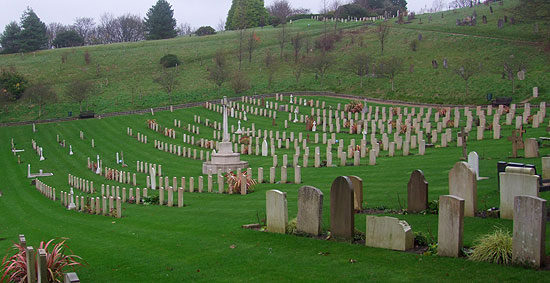
The tour began at Shorncliffe Military Cemetery, looking at some Napoleonic graves, a First World War Belgian memorial and two of the three Victoria Cross holders who are buried here. A large number of Canadians also lie here, as well as a small number of the Chinese Labour Corps.
An interesting aside is that many gravestones are badly pockmarked with bullet strikes, said to have been from a German aircraft strafing the nearby Shorncliffe Camp.
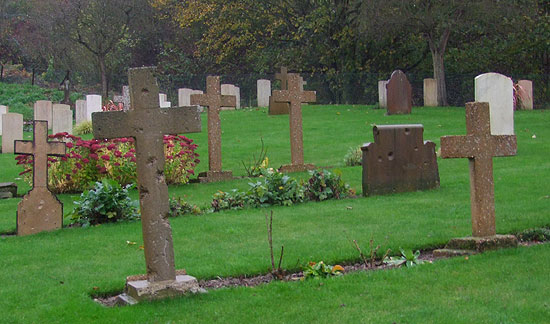
Shorncliffe Redoubt was Sir John Moore's fort; it was here from 1803 that Moore developed and trained his light infantry. At the centre of this revolutionary concept was the Baker rifle and intelligent soldiering in a form that is still in use today.
Instead of massed ranks of infantry volley-firing inaccurate muskets, the new light infantry were free to use initiative and the Baker rifle's accuracy wreak havoc on the enemy. A group of reenactors in the uniform of the 95th Rifles set the scene perfectly.
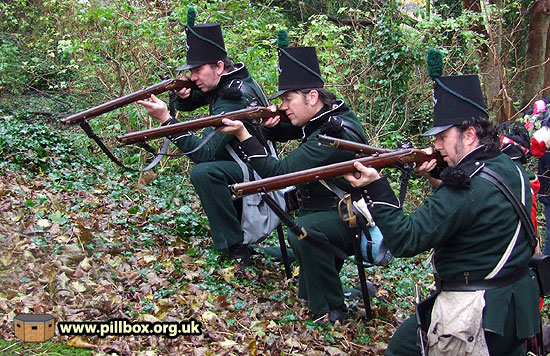
The redoubt was a formidable defence work; the Royal Military Canal and Martello Towers later bolstered the local defences. In 1940, the canal became a stop line, while the towers were mainly used as observation posts. The tour continued past an overgrown pillbox and a firing range and then onto the WW1 trench system.
This system was used as a training facility for troops before they went out to France. The layout is still very evident in the landscape, although a BMX track has been dug across part of it.
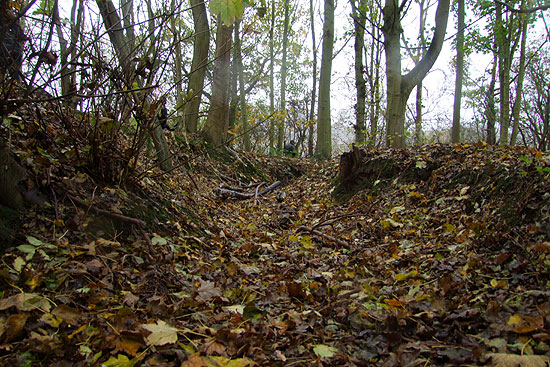
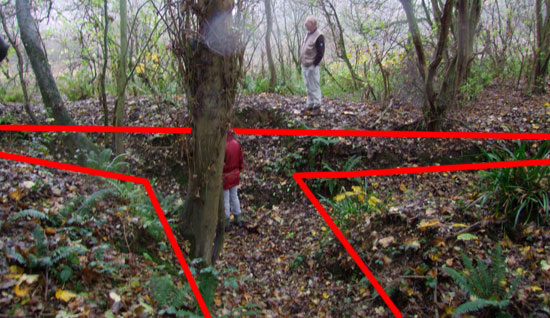
All in all, the tour was fantastic, despite constant rain - highly recommended!
For more about Shorncliffe Redoubt and plans for its restoration, go to: http://www.shornclifferedoubt.com.
- Pete

Email:
Blog Latest
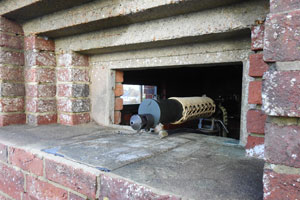
Bishopstone reveals its pillbox secrets
18 October 2021
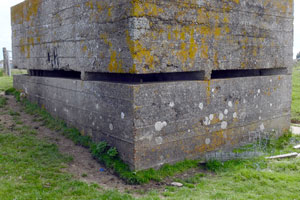
Pillbox or Observation Post?
10 June 2020
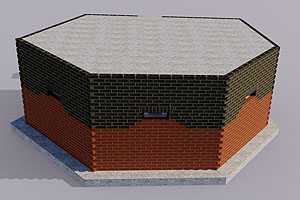
Uncovering the hidden secrets of a pillbox
8 June 2019
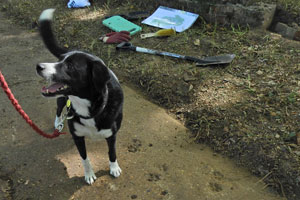
Review of 2018
31 December 2018

Wartime Christmas in East Sussex (2)
24 December 2018
Jargon-buster

Martello Tower
Napoleonic gun towers built along the vulnerable coasts of SE England 1805-1812. Most that still stood in 1940 were occupied for military defence, as artillery observation posts or by the Royal Observer Corps. Many towers had a concrete roof added for extra protection.
Pillbox
Generic term for a hardened field defensive structure usually constructed from concrete and/or masonry. Pillboxes were built in numerous types and variants depending on location and role.
Stop line
A physical continuous anti-tank barrier, normally a river and/or railway line, often defended by pillboxes. Stop line crossings (roads, railways and bridges) were to be made impassable.
This site is copyright © Peter Hibbs 2006 - 2024. All rights reserved.
Hibbs, Peter Shorncliffe: birthplace of modern soldiering (2024) Available at: http://pillbox.org.uk/blog/216583/ Accessed: 27 July 2024
The information on this website is intended solely to describe the ongoing research activity of The Defence of East Sussex Project; it is not comprehensive or properly presented. It is therefore NOT suitable as a basis for producing derivative works or surveys!